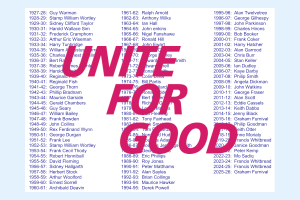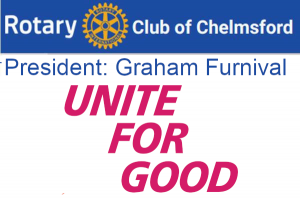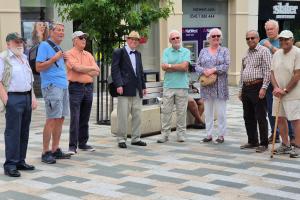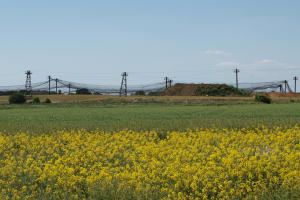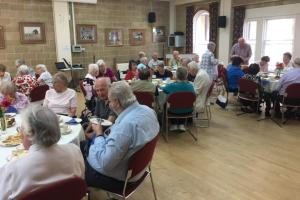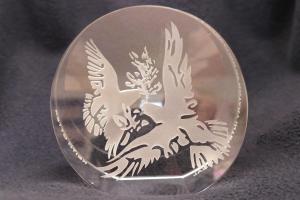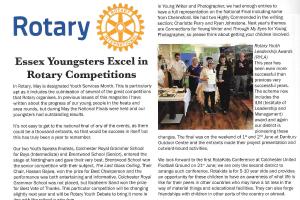Alan Pamphilon: Marconi and the birthplace of wireless
Thu, Mar 25th 2021 at 1:00 pm - 2:15 pm
Which is, of course, Chelmsford.

Today well-known local speaker Alan Pamphilon gave us a presentation on Marconi and the birth of wireless.
Marconi was Italian. When he first started to develop wireless he offered it to the Italian navy, which turned it down. At the suggestion of his British mother, he then moved to London and offered it to the Royal Navy, which was much more interested.
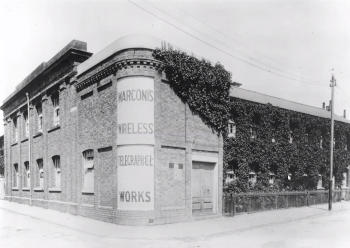 He moved his base to Chelmsford because the trams in London were interfering with the signals from his aerials. His first factory (pictured) was in Hall Street.
He moved his base to Chelmsford because the trams in London were interfering with the signals from his aerials. His first factory (pictured) was in Hall Street.
The original equipment was supplied exclusively to the Royal Navy and relied on Morse code. When Godfrey Isaacs took over the running of the business he expanded it to supply commercial shipping. However, shipping lines could not buy the equipment. Instead Marconi’s insisted that it be leased from them and run by operators trained and employed by them.
The radio room on the Titanic occupied the space of three first-class cabins on the main deck. It was used primarily to send messages from passengers at a cost of 5d a word. The senior operator on board was Jack Phillips and his assistant was Harold Bride.
Jack Phillips was on duty when the Titanic hit the iceberg. The impact woke Harold Bride, who quickly dressed and made his way to the radio room. Once he realised the Titanic was sinking, the captain made his way to the radio room and asked them to broadcast a CQD message (the forerunner of SOS) asking for urgent help.
The message was picked up by the Marconi radio operator on the SS Carpathia, which was sailing in the opposite direction. The Carpathia immediately turned round and steamed towards the Titanic.
Eventually Jack Phillips and Harold Bride both abandoned ship. They both reached a capsized lifeboat. Harold Bride managed to climb on top but sadly Jack Phillips was unable to do so and died of hypothermia before they could be rescued.
Harold Bride was picked up by the Carpathia, along with 704 other survivors. He insisted on helping to man the radio room to send messages from those who had been rescued back to those waiting for news of them. It was later said that, were it not for Marconi, everyone on the Titanic would have been lost and no one would ever have known what had happened.
One result of this tragic incident was increased demand for Marconi equipment to be installed on ships. It soon became compulsory for liners to be equipped with radio. The Marconi factory was moved to much larger premises in New Street.
A large aerial was installed next to the new factory. The operators realised that they could pick up radio messages from the German navy and New Street became the country’s first radio listening station.
After the First World War, there were experimental weekly radio broadcasts from the famous hut in Writtle, which used the callsign 2MT. The first broadcasts were of someone reading the Bradshaw railway timetable! On one occasion he decided to read from the newspaper instead. Radio hams showed great enthusiasm for hearing the news being broadcast.
The broadcasting team then stared broadcasting other content as they felt fit, including music played on a piano borrowed from the local pub.
The first paid performer was local amateur soprano Winifred Sayer, who in March 2020 was paid 10/- for half-an-hour’s broadcast from the New Street premises. She was followed a few months later by the more famous broadcast by Dame Nellie Melba, who was paid a staggering £1,000.
The 2MT broadcasts, led by Peter Eckersley, became idiosyncratic. Alan Pamphilon said some of the later ones sounded like the Goon Show. So in 1922 2MT was replaced by 2LO, broadcasting from Marconi’s premises in London’s Strand. Peter Eckersley went on to become Chief Engineer of the new BBC and was never allowed near a microphone again!
'What We Do' Main Pages:
